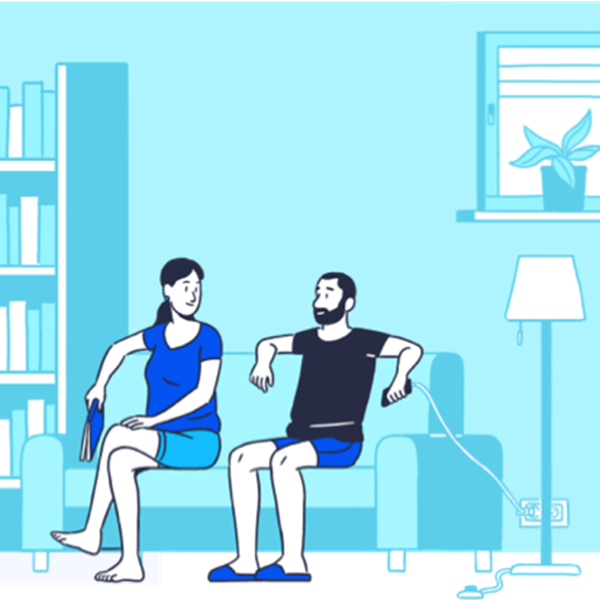There is no isolation obligation for confirmed COVID cases, but it is recommended to act responsibly
Isolation
As of today, isolation is no longer required for those who are a confirmed COVID-19 case.
That is to say, even if you receive a positive result on an authorized COVID test, or a home antigen test, there is no obligation to isolate. At the same time, it should be remembered that this is a contagious disease which may mainly endanger those in risk groups. Therefore, it is important to act in a responsible manner, according to the recommendations for confirmed COVID cases.
Stay at home: it is recommended to stay at home within 5 days from the date of the positive test, or until the symptoms disappear (Fever of 38 degrees Celsius or higher, coughing, and difficulty breathing).
Wear a mask: when leaving the house at necessary cases (for example, to receive medical treatment), it is recommended to wear a mask during the entire stay outside the house.


